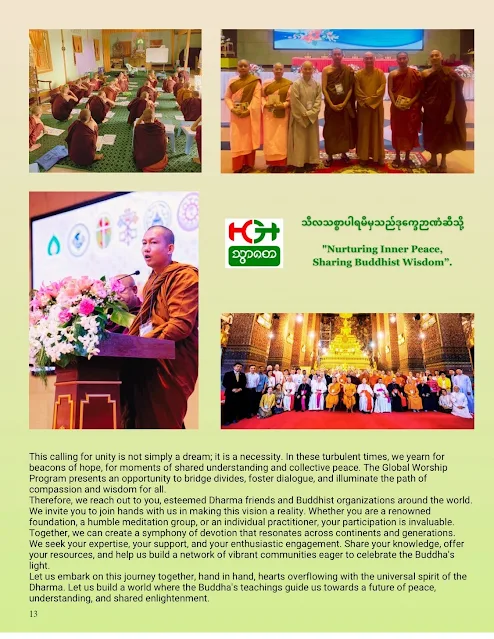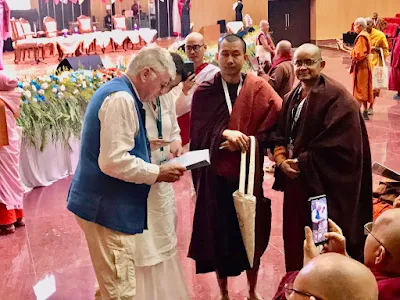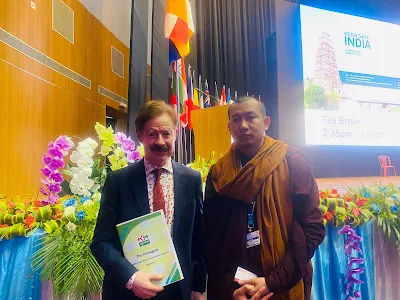Discovery & Provenance
In 1844 CE (2387 BE), an antique collector acquired an ancient clay jar from the black market near the Pakistan-Afghanistan border. According to the seller, local villagers had excavated it from an ancient mound in Hadda, Afghanistan. The jar, measuring 39 cm in height, was carefully sealed and contained several palm-leaf manuscripts of the Madhyamaka school (a Mahāyāna Buddhist tradition).
The exterior of the jar bears an inscription in Brāhmī script, written in a mix of Prakrit and Sanskrit:
Inscription Text & Translation
Original (Brāhmī Script):
"Siddhaṃ ayaṃ ghaṭa Saṅghilavihāre Saṅghasya caturdiśasya Sarvāstivādikānāṃ (Sarvāstivādināṃ) Dharma-jñānā Śāstra-jñānā Deśa-kāla-vi...ṇā Jayatu Buddhasya"
Translation:
"Success! This jar is reverently offered to the Saṅghila Monastery, for the Sangha of the Four Directions and the Sarvāstivādin monks—teachers of the Dharma, masters of scripture, knowers of place and time (...and decorum). Victory to the Buddha!"
Key Findings
Identifies Two Important Names:
Saṅghila Vihāra: A previously unknown monastery in Hadda.
Sarvāstivādin Sect: Confirms their strong presence in the region (a major early Buddhist school).
Historical Context:
Dates to ~200 CE (700 BE), based on paleography (Brāhmī script style matches the Kushan period).
Rare example of Brāhmī in Afghanistan/Pakistan, where Kharoṣṭhī and Greek were more common.
Purpose of the Jar:
Likely a ritual donation containing sacred texts for preservation.
The inscription honors the Sangha’s scholarly role ("knowers of Dharma, scripture, time, and decorum").
Current Location
The jar is displayed at the Ayukoku Museum (憂国記念館), Kyoto, Japan.
Significance
Hadda’s Buddhist Legacy: Hadda was a major Gandharan pilgrimage site with over 1,000 stupas. This jar adds to evidence of its vibrant monastic culture.
Sarvāstivādin Influence: The school dominated Gandhara and Central Asia, later shaping Tibetan and Chinese Buddhism.
Trade & Looting: The jar’s black-market journey reflects the plunder of Afghan antiquities, a persistent issue.
Research Note: The broken word "vi...ṇā" might reconstruct as "vinayā" (discipline), highlighting the monks’ expertise in Vinaya (monastic rules).





































